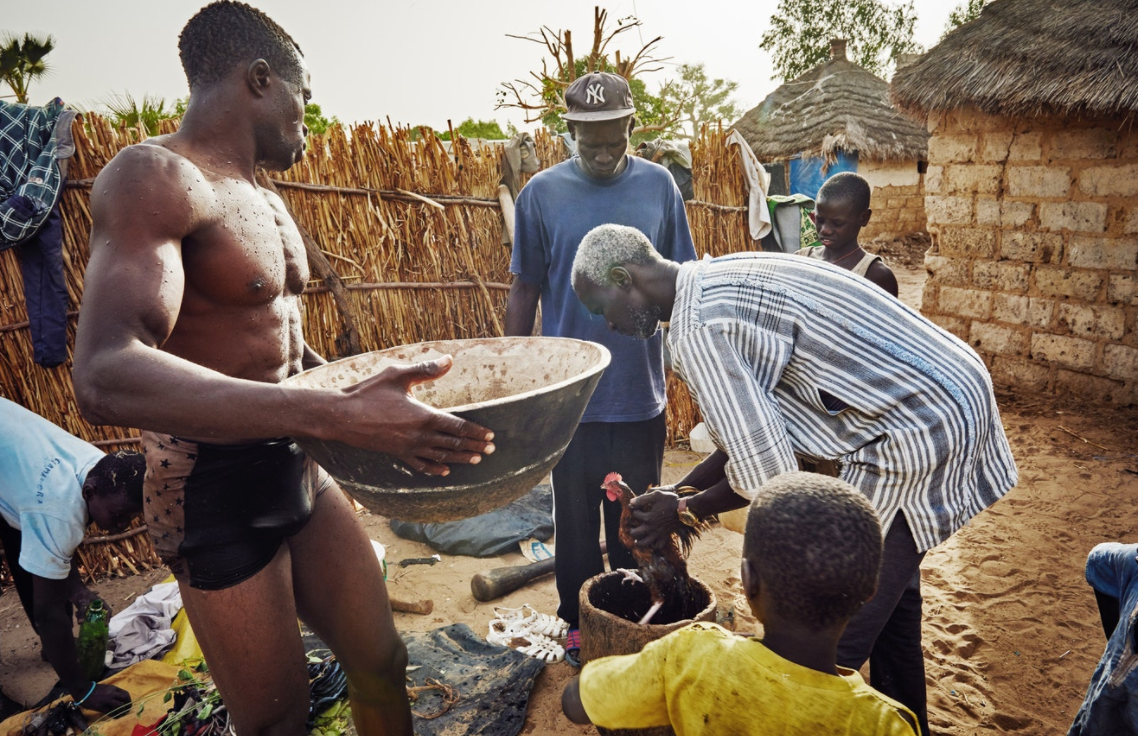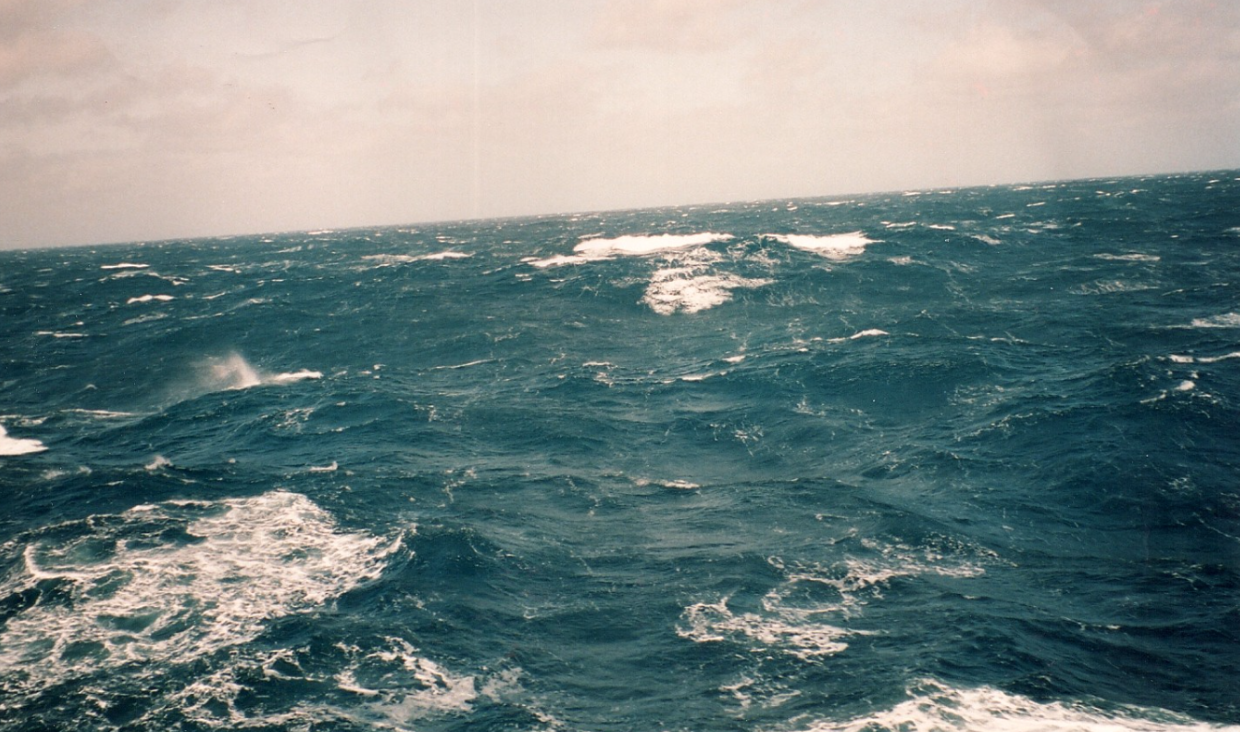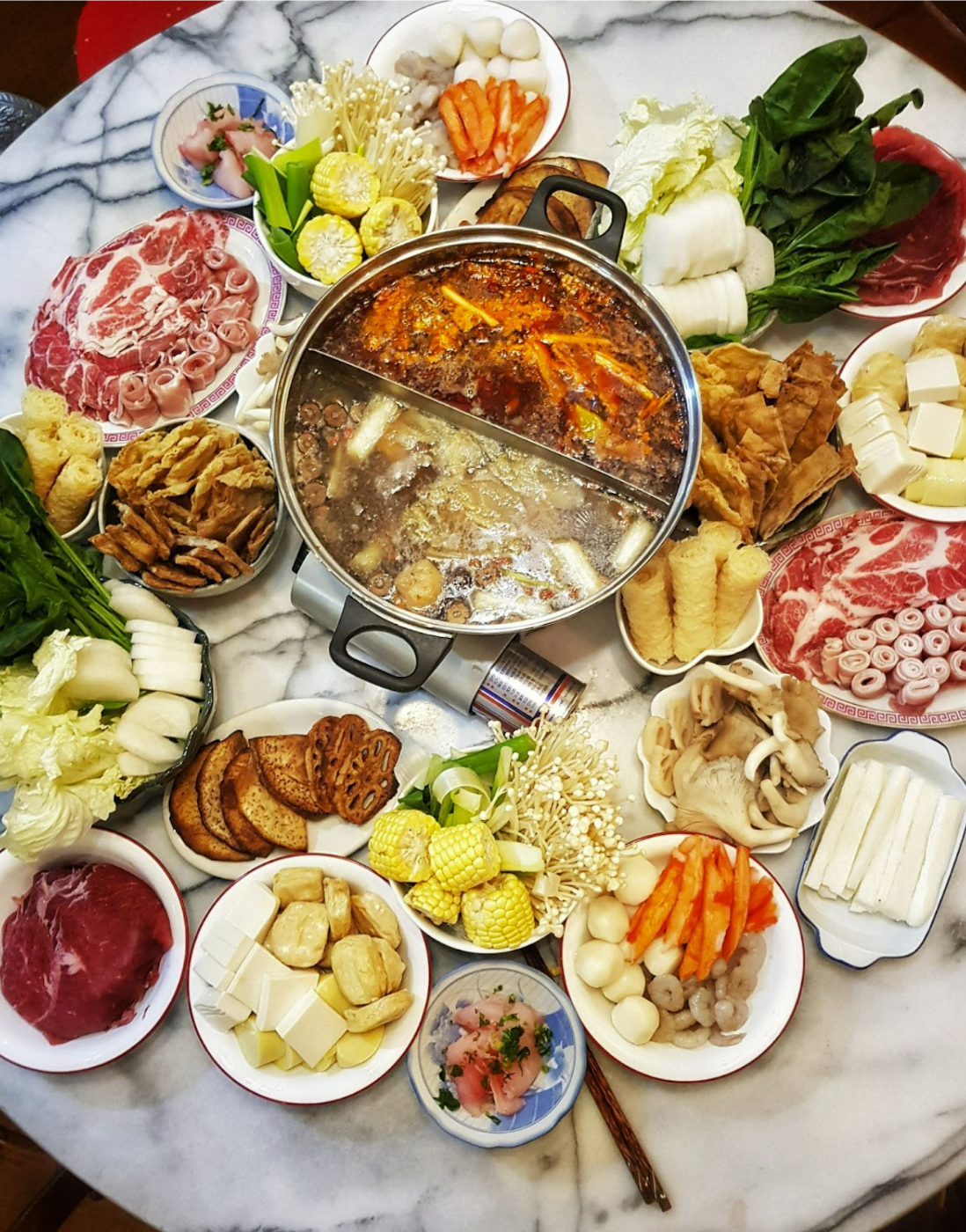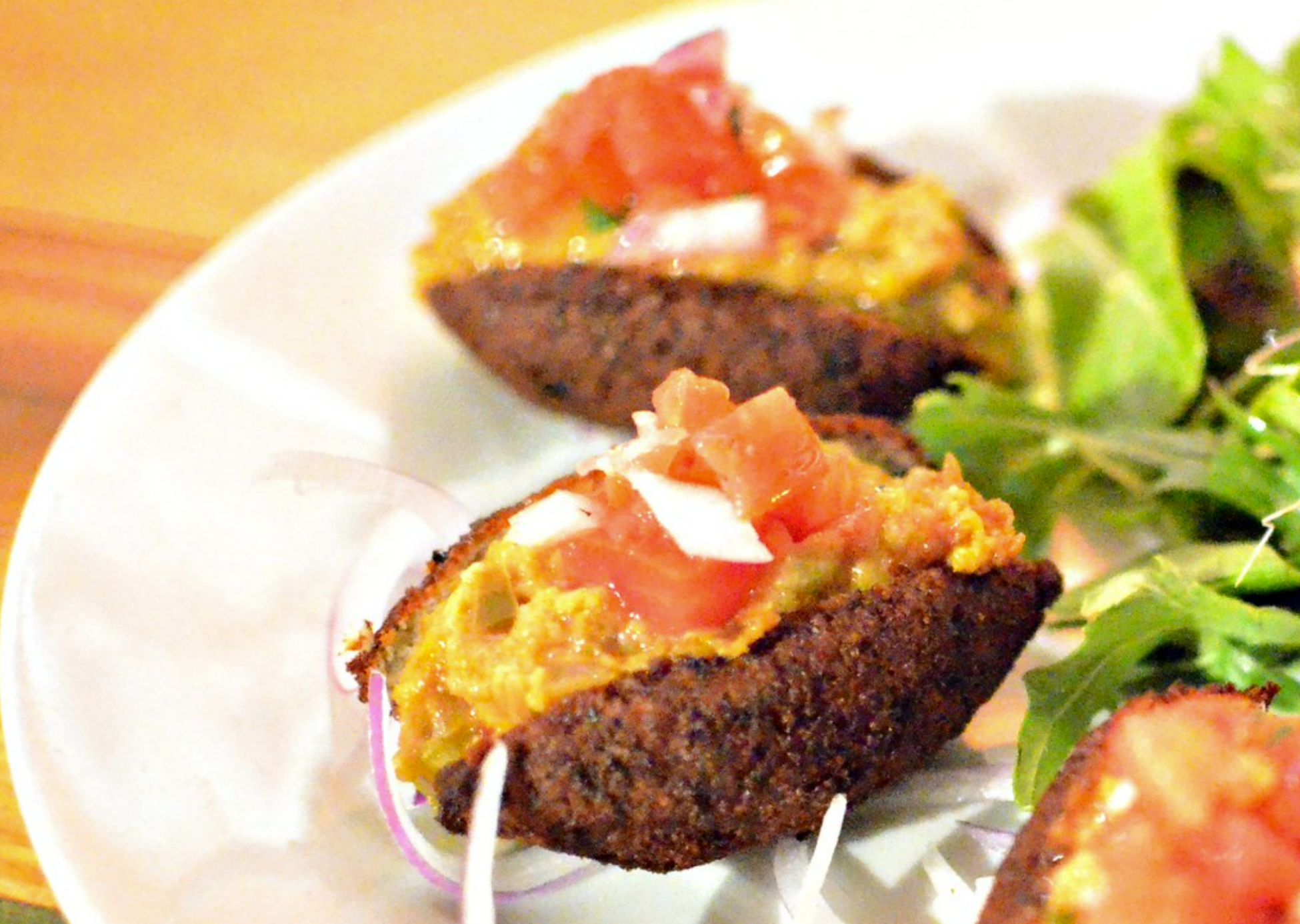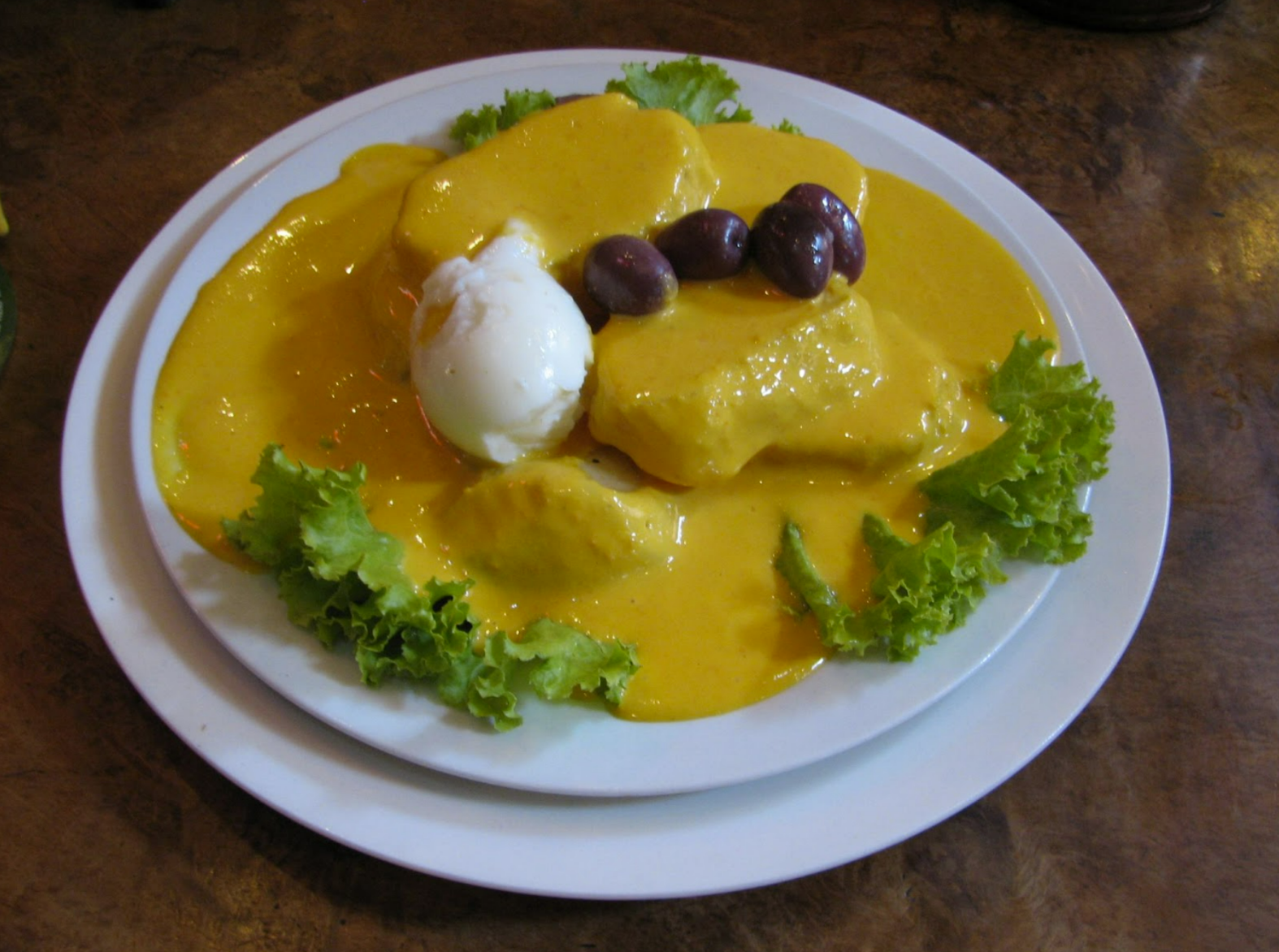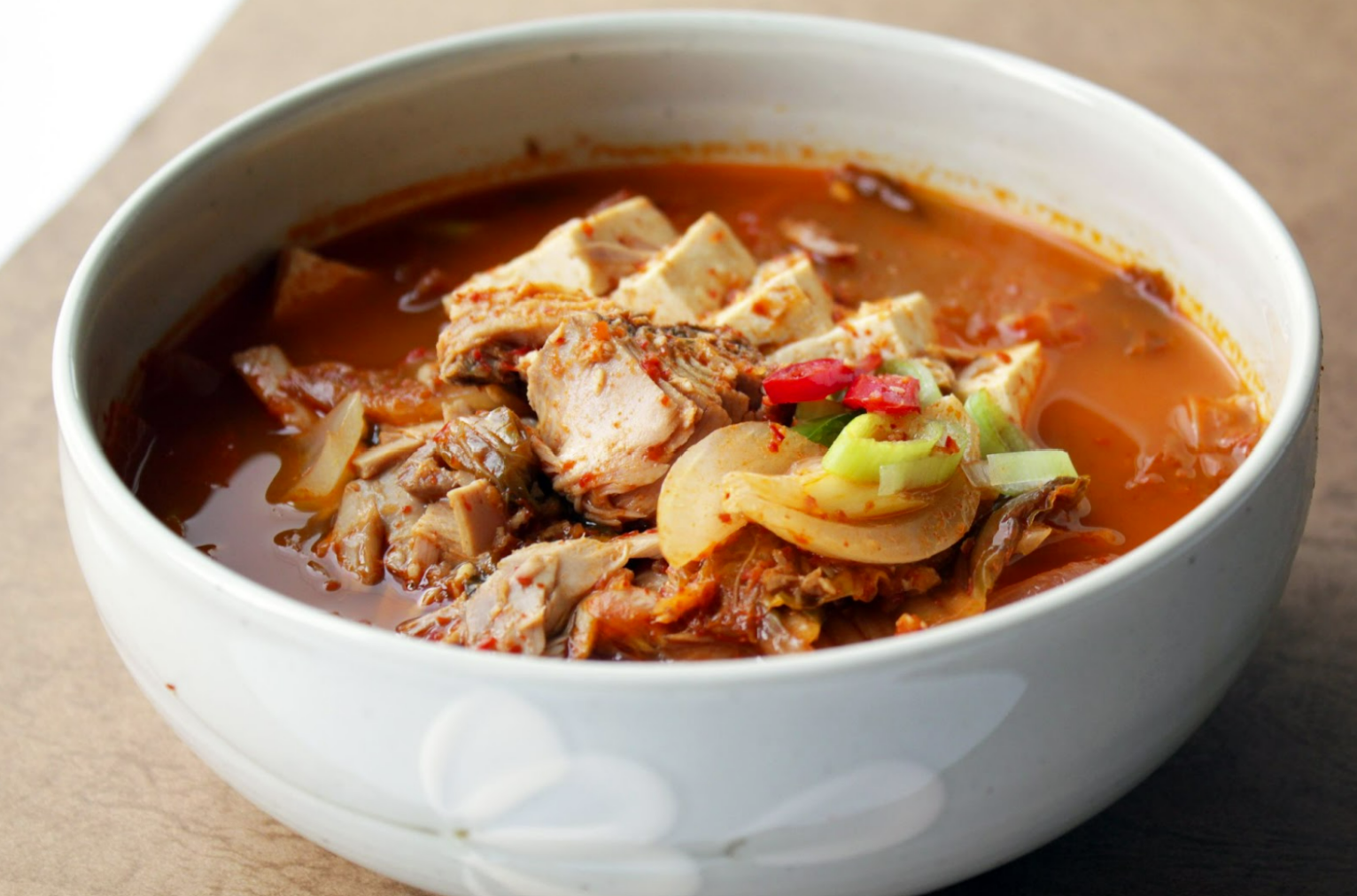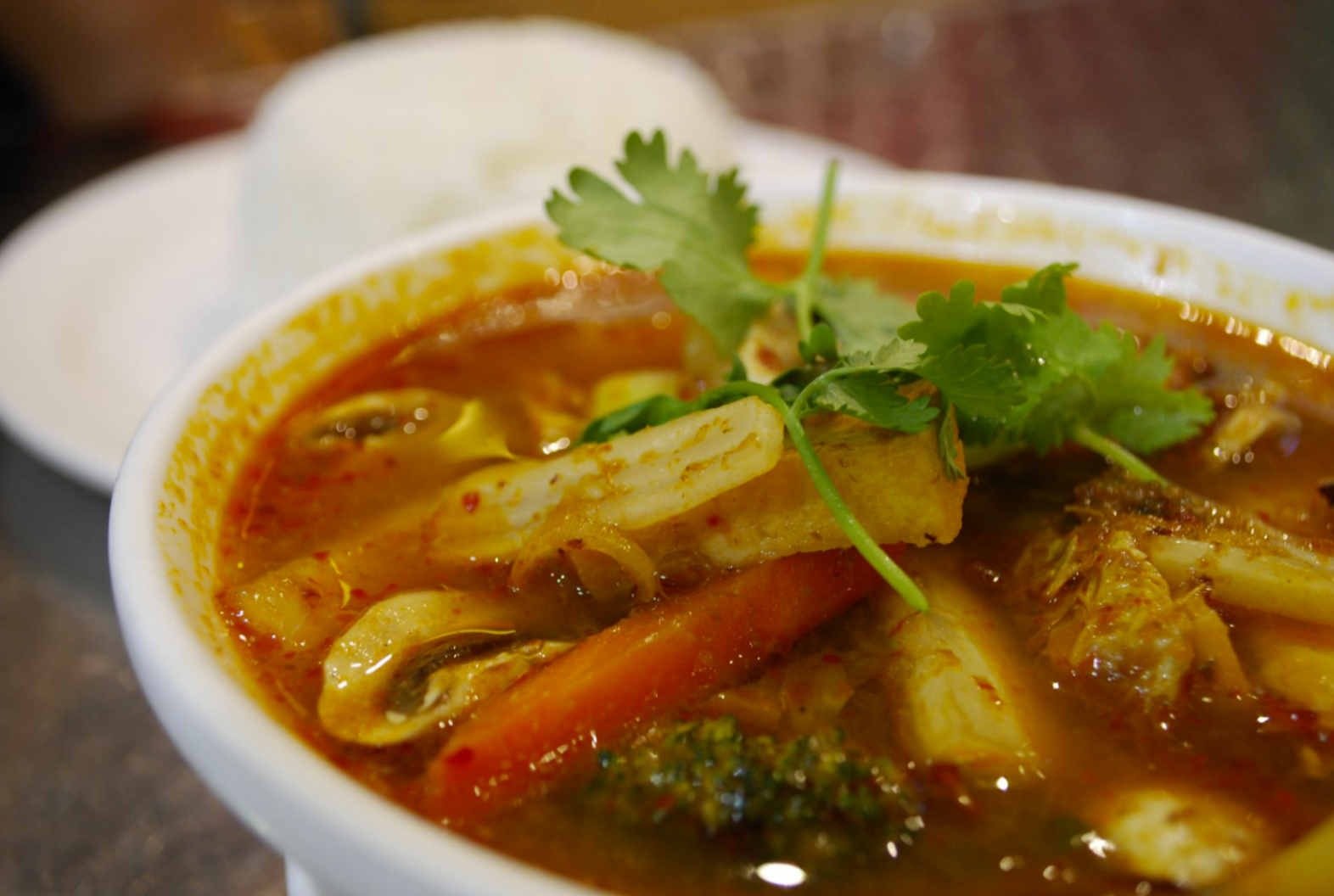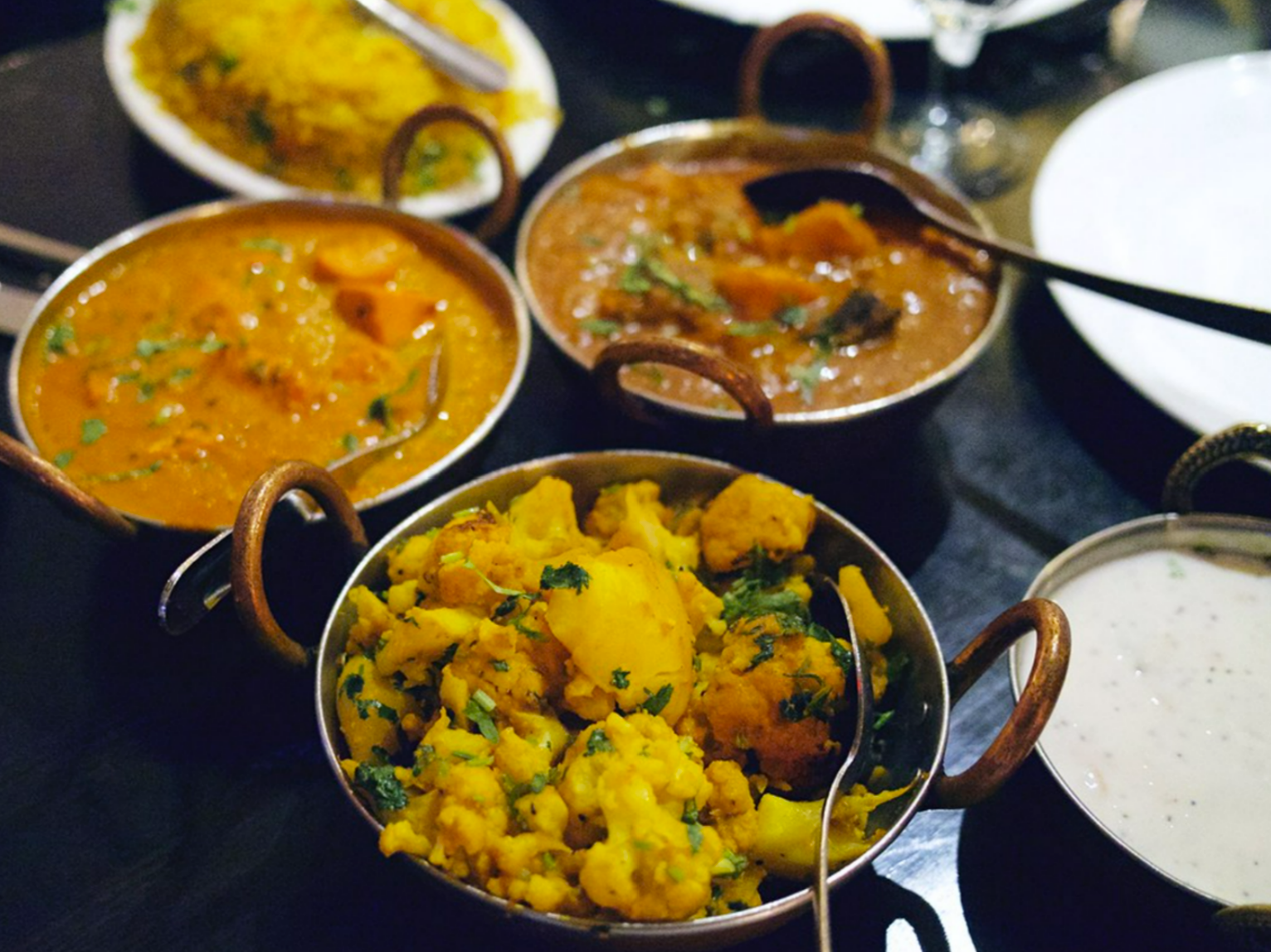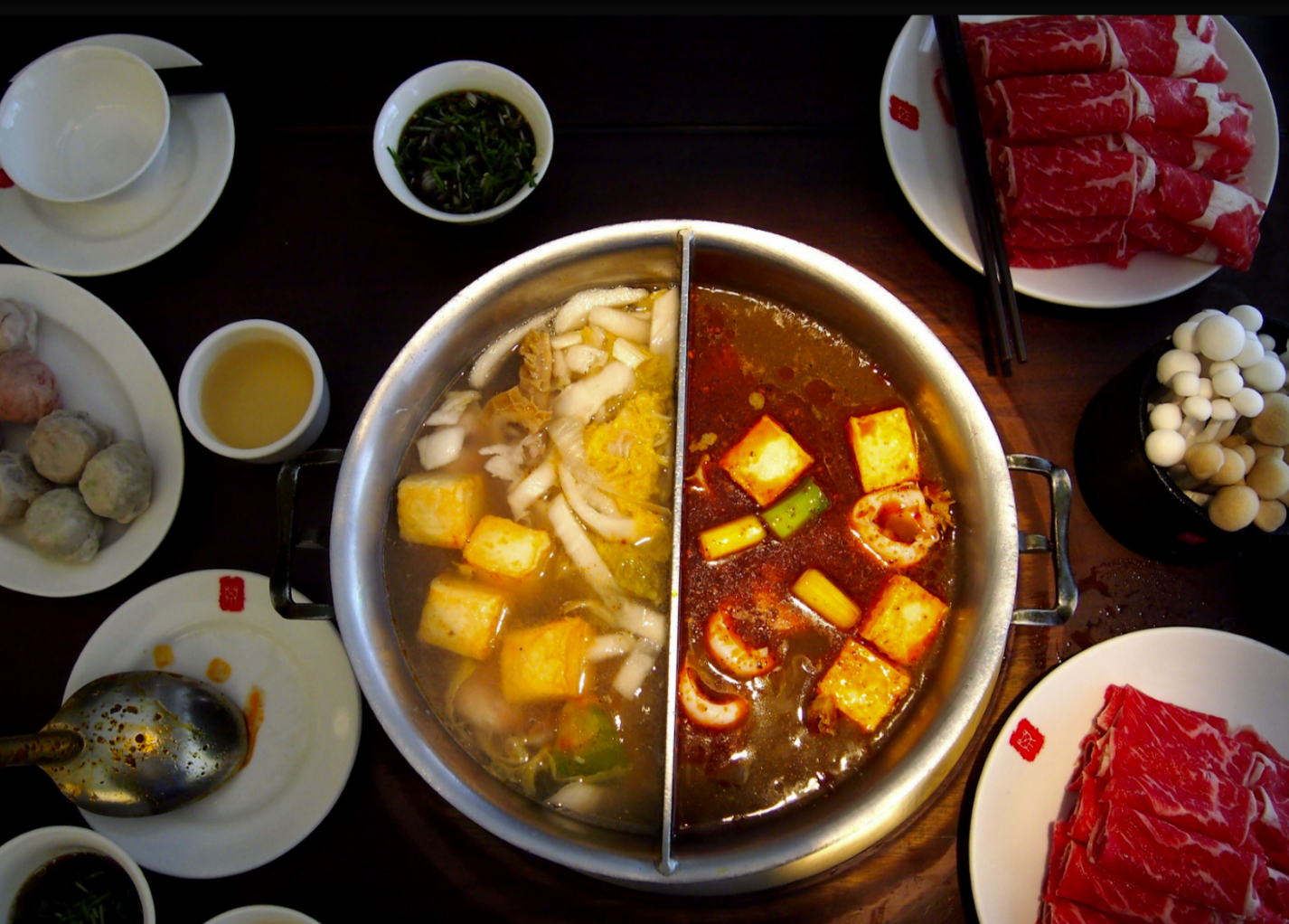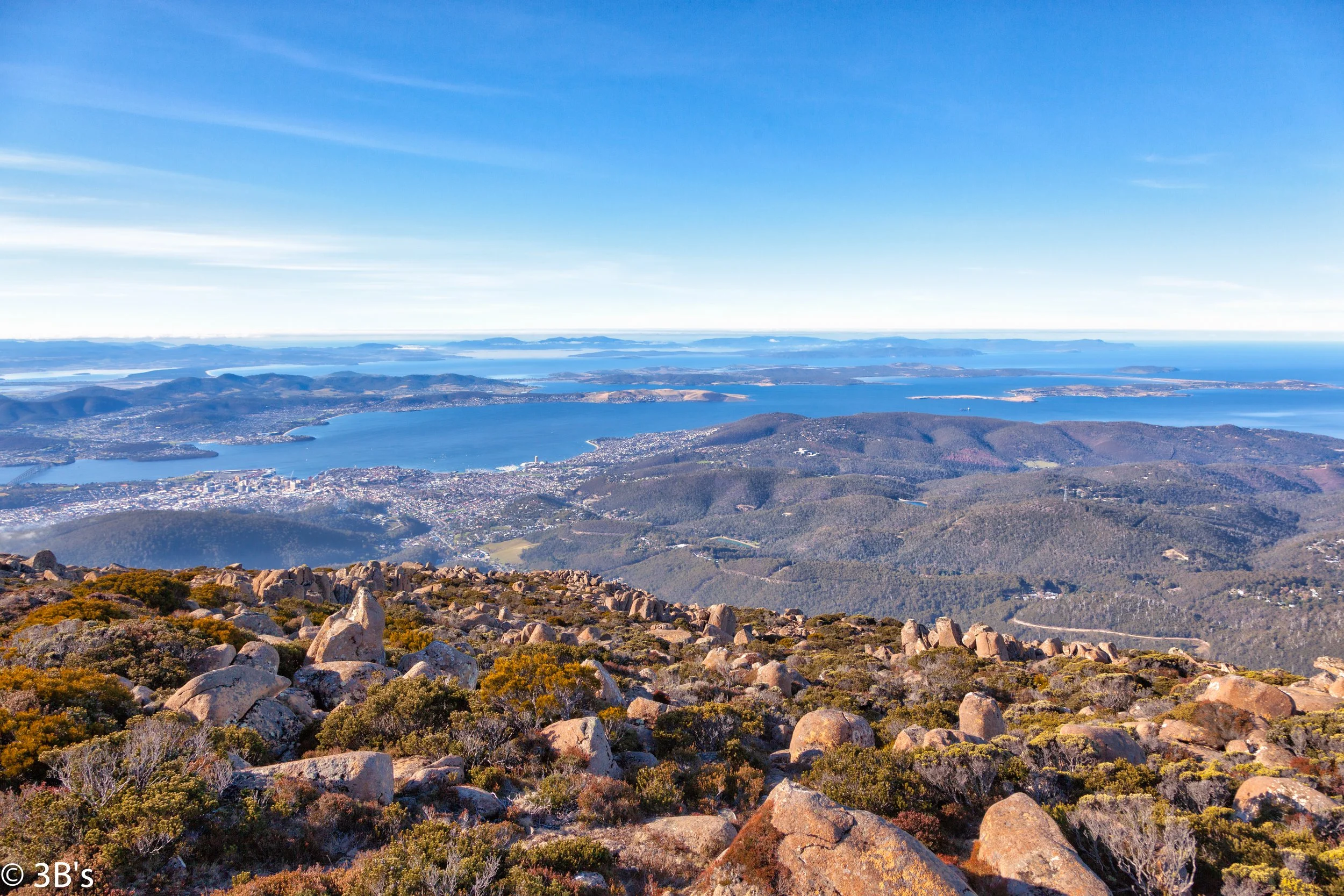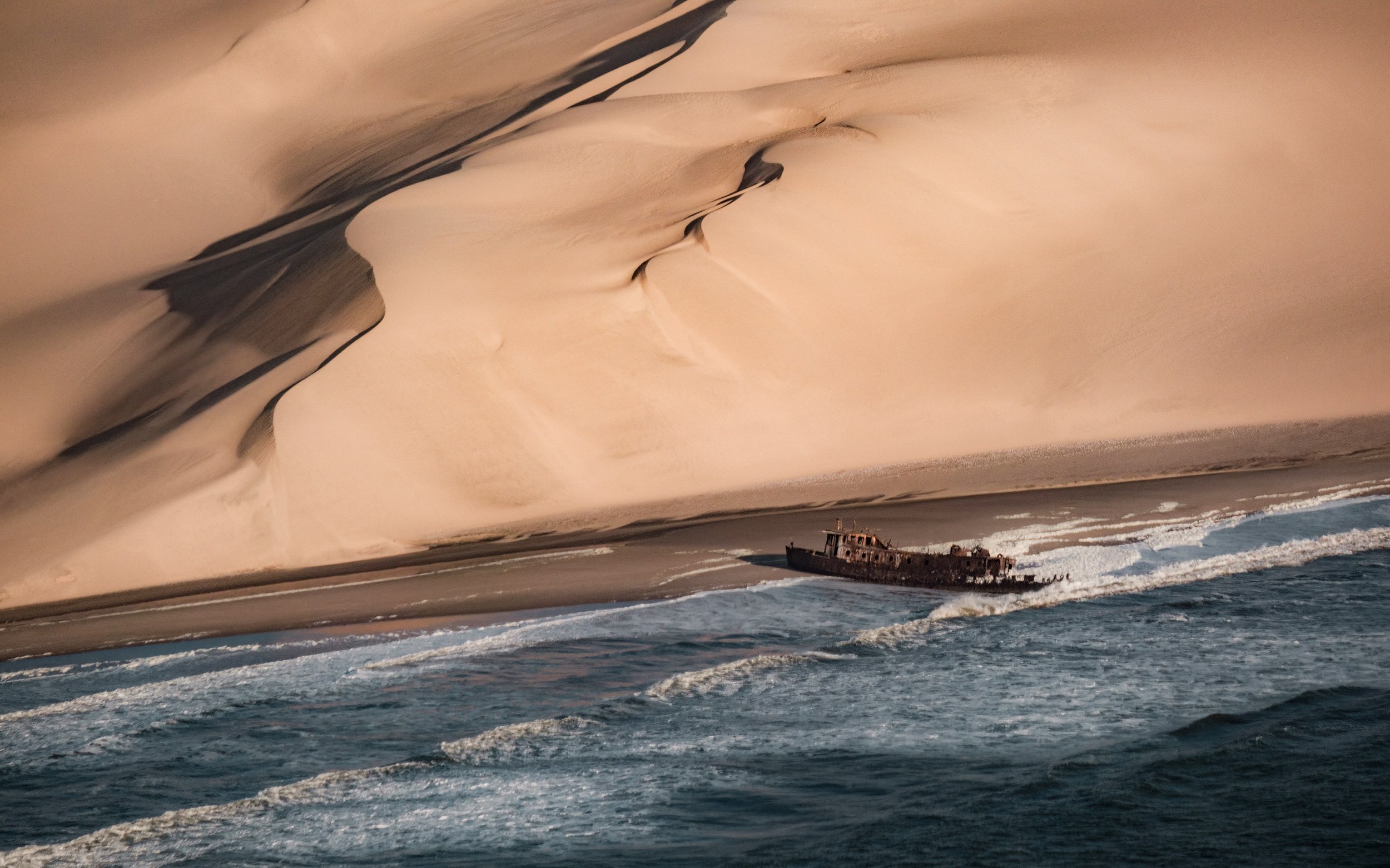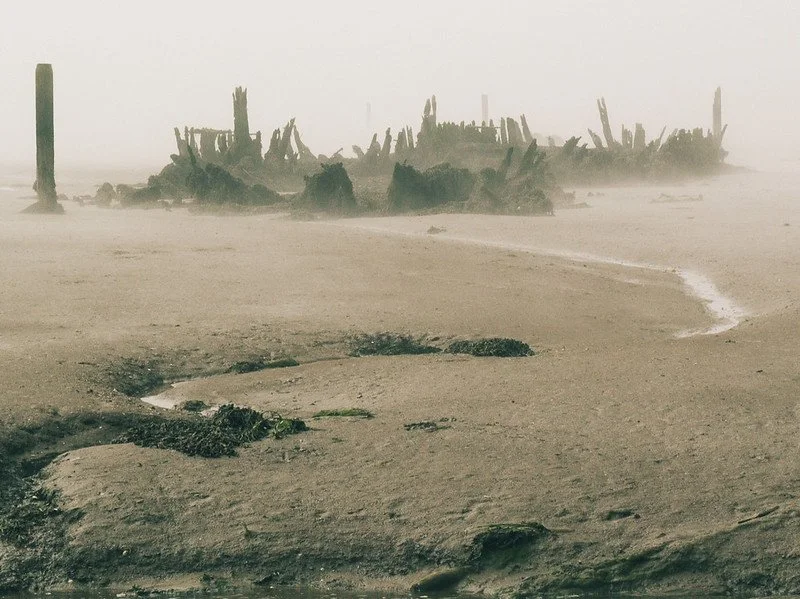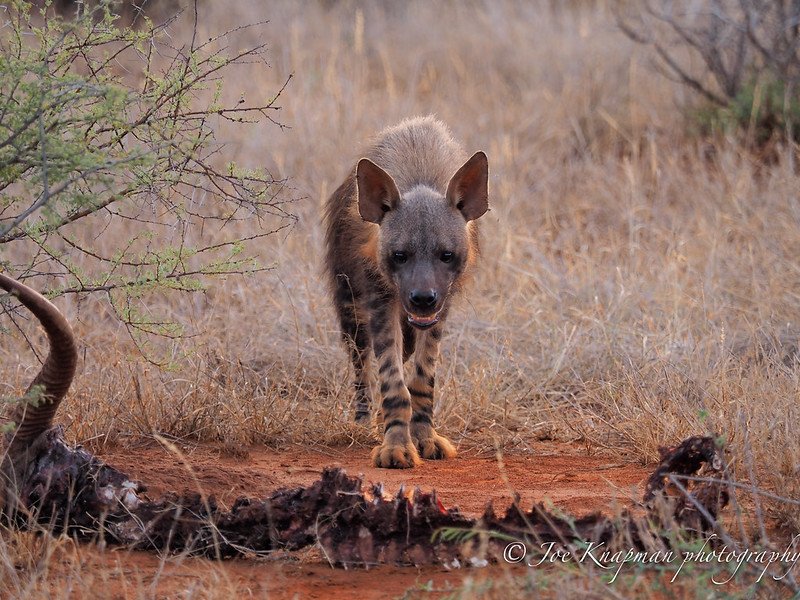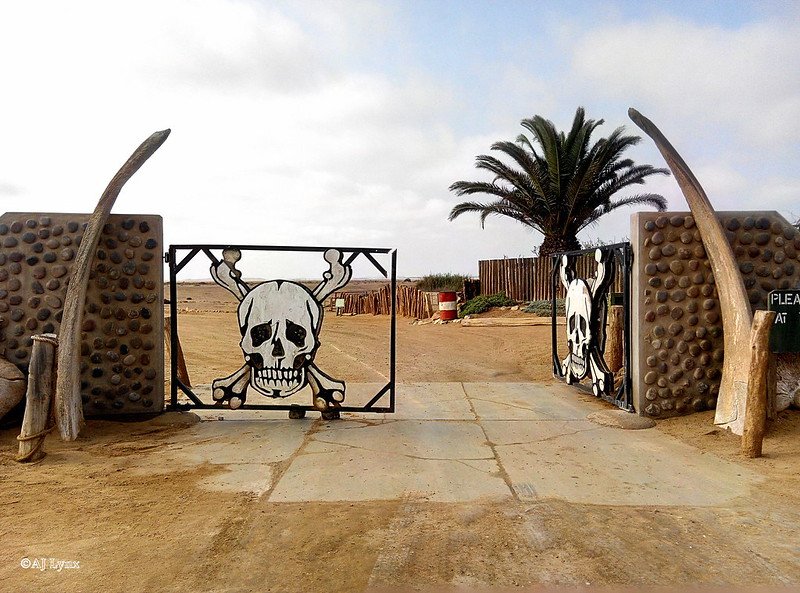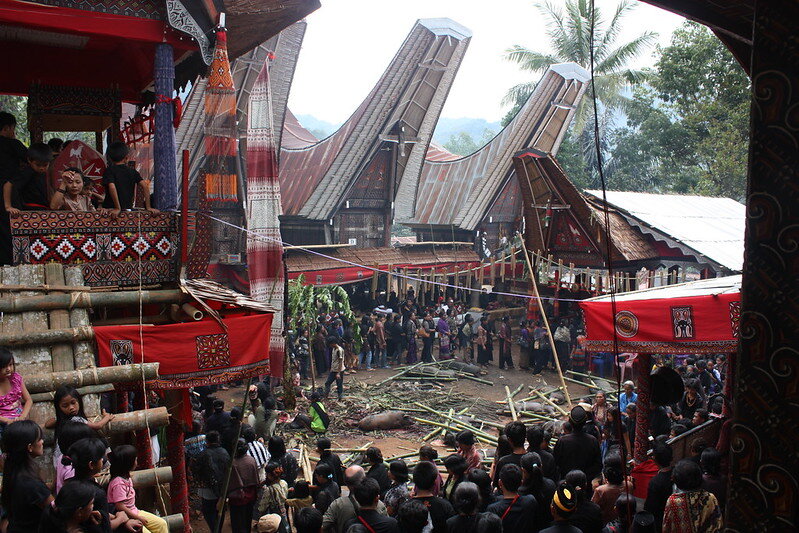Wrestling — la lutte in French, or lamb in native Wolof — is by far the most popular sport in Senegal, even more beloved than football.
The entire population, from toddlers to grandmothers, follows the big wrestling matches either in the stadium, on the television, or on the street. Senegalese wrestling differs from that practised more commonly in western and Asian countries — mostly because of the traditional rituals practised by competitors. In western countries, these mystic rituals are often colloquially called voodoo, but the Senegalese call it gris-gris.
These unusual rituals are usually performed with the presentation and veneration of traditional amulets, the use of magic potions, and hypnotic drumming, songs and dance — all as an integral part of the wrestling match. The wrestler above is presenting his magic amulets to the crowd before a fight in the Adrien Senghor arena. Meanwhile, below you see a wrestler training before a final fight in the Iba Mar Diop stadium, located in the Medina district in Dakar. To prepare, he dances alone in a trance-like state to ear-deafening hypnotic drums and repetitive beats.
During the last ten years, the traditional sport of La Lutte Sénégalaise has become a million dollar spectacle, mostly because of big telecom sponsors, TV stations, and new media channels. This has led to the most successful wrestlers becoming media-stars and billionaires, giving young men in this African country a very different perspective. For wrestlers who succeed there is not only social recognition, along with high value prizes into the hundreds of thousands of US dollars for the highest profile fights, but also the chance of well-paid jobs in the security industry or as a trainer in a wrestling school.
THE BIG FIGHT
While in Dakar, I attended a huge fight between two superstars of Senegalese wrestling — Balla Gaye 2 and Emeu Sene — along with more than 20,000 other fans at the sold out soccer stadium called Demba Diop, on April 5, 2015. With over 200 million CFA (around USD $300,000) at stake, this was a serious match. In the weeks beforehand, large billboards and posters appeared all over the city, advertising the event. Below you see fans and street vendors gathering outside the stadium before it began.
At the start of the competition, Adam Ngom, a well-known drummer, fired up the audience to welcome the champion wrestler Balla Gaye 2. An important mystical element, the deafening sound of the drums is never absent from a fight, not even at small wrestling matches in local villages.
One of many mystical rituals performed by the wrestlers, releasing pigeons is believed to bring the wrestler luck. Balla Gaye 2, whose real name is Sakko, became a superstar in Senegal after he dethroned the reigning champion Yekini in 2012, who had remained unbeaten for fifteen years.
Similar to wrestling styles in other countries, a Senegalese fighter will try to grab their opponent by legs, and unbalance him. Nowadays a wrestling match that also involves boxing is the king’s discipline of the Senegalese sport, but the more traditional forms of wrestling are still performed without boxing in many of the villages. Below you see wrestler BB Bismi Ndoye defeating his opponent Maraka Dji, during another fight in the Demba Diop stadium on April 5, 2015. Some fights will last no longer than 90 seconds and only very rarely do they go on longer than fifteen minutes.
RITUAL & RHYTHM
Senegal’s climate is too hot for wrestling during the day, so competitions always take place in the evening, often lasting until well after midnight.
Attending these late night competitions, the atmosphere and mood often evoked is that of an ancient gladiatorial fight, with plenty of wild drumming and singing. Below you see the contrasting enthusiasm and frustration of rival supporters in the Iba Mar Diop stadium — every well-known wrestler has his own loyal supporters who spur him on during a fight.
Senegalese wrestling matches always take place on sand and many wrestling stars will head out to train on the public beaches of Dakar, which also provides a welcome source of entertainment for the locals.
Witchcraft and magic play a very important role in Senegalese wrestlers’ preparations. Below you see Kherou Ngor, a young lightweight wrestling champion, washing himself with milk on the shore of Ngor in Dakar. Kherou performs this traditional ritual as he believes that he will gain strength and support from a ghost who lives among the stones on the shore.
At least three times a week, Kherou will also train on the long stairway in front of the “monument of the African Renaissance”, one of the biggest bronze statues in the world. Ultimately, the North Korean aesthetic and the statue’s insane building cost prevented the former Senegalese president Abdoulaye Wade from being re-elected.
Before a fight, it is also common for a marabout — a religious leader and teacher — to conduct rituals, believed to give the wrestler supernatural powers. Marabouts also make and sell amulets, called Gris-gris, and magic potions to the wrestlers, which they then take to the matches in bottles. Traditional shamans also play a part in the preparations. Every wrestler has an assistant who takes care of his Gris-gris amulets and prepares him for each fight. Below you see one of those assistants sacrificing milk at a cham, a special place of worship for the ancestors of the wrestler’s family.
Another important ritual wrestlers often celebrate before a fight is the inhalation of holy smoke. Each wrestler uses a special cloth to waft the smoke, which he will then wear on his abdomen during the fight.
EVOLUTION OF A SPORT
Wrestling has a centuries-long traditional history as part of popular culture and tradition in Senegal and I met photographer Freekis Ndoye from Dakar, who shared his historical pictures of wrestlers from the 1950s. The first celebrated wrestler in the region of Senegambia was called Boukar Djilak Faye and he lived during the 14th century in the kingdom of Sine.
Almost every village in rural Senegal organizes regular wrestling tournaments, often to accompany a communal celebration or party. Below, in the small village of Soune, you see women and children gathering to watch the men fight in a wrestling match, as a young wrestler pours a magic potion over himself, prepared by a shaman to lend him supernatural forces.
Before each fight, the wrestlers must wrap a special cloth around their abdomens, which they can use to grab hold of each other during the fight.
Below you see a wrestler from the small village of Djilass, during a ritual river washing before a regional fight competition. The captial city of Dakar attracts many wrestlers who are successful in rural areas, as it is only at the bigger competitions a fighter can win significant prize money.
Today, especially at the bigger matches in Dakar, many of the traditional costumes once worn by wrestlers during the dances and gris-gris ceremonies that are held before a fight, have been exchanged for high-tech sports gear emblazoned with the bold logos of modern telecommunication brands. Here you see a group of young wrestlers performing a dance at the Demba Diop stadium in Dakar.
With the influence of big sponsors, wrestling has become a very trendy sport and is no longer seen as a sport only for old men. Even young girls like 23-year-old Aissa, who is a waitress at the “Black and White” bar on the beach of Ngor, read the Sunu Lamb newspaper — a daily publication dedicated exclusively to Senegalese wrestling matches.
The faces of top wrestlers are also becoming a popular subject for t-shirts and the superstars of wrestlers gather many adoring young followers.
THE NEXT GENERATION
Tens of thousands of young men in Senegal now dream of making wresting their future career, in the hope of becoming rich and famous. Every evening, as the heat of the sun begins to lessen, you will find the next generation of wrestlers training hard on the beach of Ngor in Dakar.
Most of the young hopefuls have very little money to their names, so they must be resourceful with their training — only the top wrestlers can afford to train at the city’s dedicated wrestling gymnasiums.
The young men with the most talent will go on to train at one of the famous wrestling schools run by ex-fighters like Balla Gaye, who opened the first official wrestling school in Senegal. Many successful wrestlers have graduated from his school, including the superstar Balla Gaye 2.
Now retired from competition, below you see another famous wrestler, Lac de Guiers, posing in front of the Mar Diop stadium. It was in this very arena that his fight against the wrestler Commando made wrestling history. With a series of targeted, hard punches, Lac de Guiers defeated the much taller favourite and sent him tumbling out cold to the ground.
These days, Lac de Guiers owns a wrestling school and lives peacefully with his family, a sheep, a few pigeons, and his parrot. Here you see him relaxing and watching an important weekend match with his family on TV, just like a hundred thousand other Senegalese people on a Saturday afternoon.
Named in honour of his mentor and trainer, below you see the wrestler Lac de Guiers 2, pictured after a training session on the bonnet of his car, which he was able to buy using some of the prize money he has won. A rising star, on April 12, 2015, he followed in his predecessor’s footsteps and defeated the strong favorite, Papa Sow, in a sensational fight at Demba Diop stadium.
For now, the future of this traditional sport looks set to be filled with ever higher profile competitions and tantilising promise for Senegal’s next generation of aspiring young wrestlers.
Christian Bobst is a documentary and travel photographer who is based in Zürich, Switzerland. You can explore more of his work at christianbobstphotography.com.
THIS ARTICLE WAS ORIGINALLY PUBLISHED ON MAPTIA.















